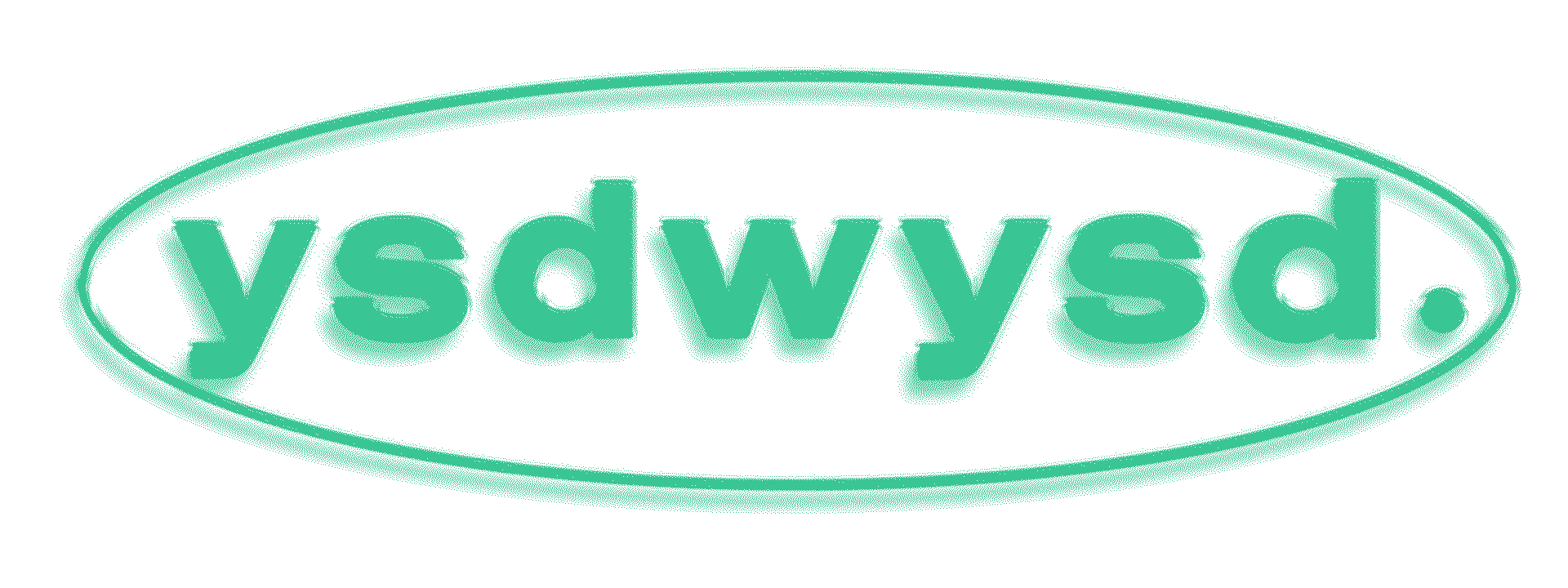The Bodycare Journal: Do you have TMJ?

Recently, I have seen more cases of TMJ and because of this, I’m studying a new type of massage therapy technique. It’s very interesting when you notice something more when learning about it. I asked AI to give me some information on TMJ and ways to relieve it. It gave a pretty accurate answer. As you read along, I hope you find this useful.
So, what is TMJ?
Temporomandibular Joint Disorder, commonly referred to as TMJ or TMD, is a condition that affects the jaw joint and the muscles surrounding it. This joint, located just in front of your ears on either side of your face, connects your lower jaw (mandible) to your skull. It plays a crucial role in everyday functions such as chewing, speaking, and even breathing.

When the TMJ is not functioning correctly, it can lead to various symptoms, including jaw pain, headaches, earaches, facial pain, difficulty in opening and closing the mouth, and even clicking or popping sounds when moving the jaw. These symptoms can range from mild discomfort to severe pain, significantly affecting a person’s quality of life.
Common Causes of TMJ
TMJ disorders can arise from several factors, including:
1. Jaw Injury: A direct impact or injury to the jaw or head can result in TMJ issues.
2. Arthritis: Conditions like osteoarthritis or rheumatoid arthritis can affect the TMJ.
3. Teeth Grinding or Clenching: This habit, often related to stress or sleep disorders, puts excessive pressure on the TMJ.
4. Stress: High stress can lead to tension in the facial muscles, contributing to TMJ pain.
5. Misalignment of Teeth or Jaw: An uneven bite or misalignment of the jaw can strain the TMJ.

Tips for Relieving TMJ Pain
If you’re experiencing discomfort due to TMJ, there are several strategies you can try to relieve the pain and improve function:
1. Jaw Exercises:
– Stretching Exercises: Gently stretching the jaw can help ease tightness. Try slowly opening and closing your mouth, moving your jaw from side to side, and holding each position for a few seconds.
– Strengthening Exercises: These exercises can help stabilize the jaw. One method involves placing a small object, like a tongue depressor, between your teeth and gently biting down, gradually increasing the thickness of the object as you progress.
2. Massage Therapy:
– Massaging the jaw muscles, especially the masseter (the main muscle involved in chewing), can reduce muscle tension. Use your fingers to apply gentle pressure to the sore areas, moving in circular motions to relax the muscles.
– Regularly massaging your temples and the base of your skull can also provide relief, as these areas can become tense when the TMJ is affected.
- Heat and Cold Therapy:
– Applying a warm compress to the jaw area can help relax tight muscles and increase blood flow. Use a heating pad or a warm towel for about 15-20 minutes several times a day.
– Cold therapy can reduce inflammation and numb the pain. Apply an ice pack wrapped in a cloth to the affected area for about 10-15 minutes.
4. Mindful Eating Habits:
– Avoid hard, chewy foods that require excessive jaw movement. Opt for softer foods that are easier to chew, and try to cut food into smaller pieces to reduce the strain on your jaw.
– Chew food evenly on both sides of your mouth to prevent overloading one side of your jaw.
5. Stress Management:
– Since stress can exacerbate TMJ symptoms, incorporating stress-reduction techniques into your routine can be beneficial. Practices such as deep breathing, meditation, yoga, and mindfulness can help manage stress levels and reduce muscle tension.
6. Posture Awareness:
– Poor posture, especially when sitting for long periods, can contribute to TMJ problems. Maintain good posture by keeping your head aligned with your spine and avoiding slouching. This reduces the strain on your neck and jaw muscles.
7. Use of a Night Guard:
– If teeth grinding (bruxism) is contributing to your TMJ pain, a dentist may recommend a custom night guard. This device helps to reduce the pressure on the jaw joint during sleep, preventing further damage.
8. Avoid Overuse:
– Give your jaw a break by avoiding activities that can strain the TMJ, such as chewing gum, biting your nails, or holding your phone between your shoulder and ear.
TMJ can be very painful so if you don’t have it, please share with someone who may. Most of these tips can be done DIY style and would be nice additions into your body care routine. Stay tuned as we will discuss the new massage technique in an upcoming entry.
By Jazmine Jamal
Founder of @521wellness
You Start Dying When You Stop Dreaming
